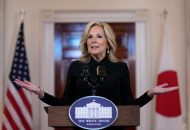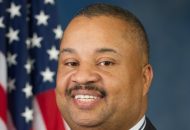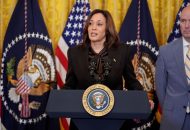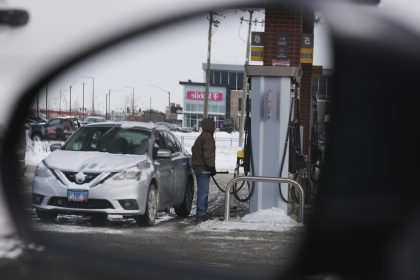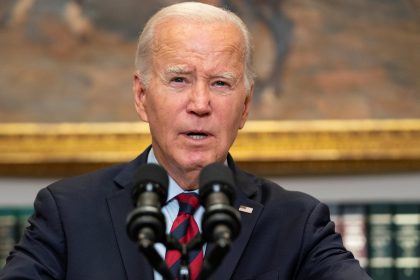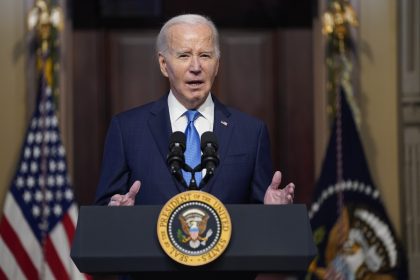US Economy Grew at Strong 3.2 Percent Rate in First Quarter

The U.S. economy grew at a solid 3.2 percent annual rate in the first three months of the year, the Commerce Department reported Friday.
The numbers for the nation’s gross domestic product were far better than expected and show an acceleration in growth from the 2.2 percent gain logged during the fourth quarter of 2018.
Speaking to reporters at Joint Base Andrews as he prepared to depart for an appearance later today at the National Rifle Association convention in Indianapolis, President Donald Trump said “the GDP is an incredible number … far higher than even the high expectation.”
“We have great growth and also very, very low inflation,” the president continued. “Our economy is doing great. Number one in the world. We’re number-one economy right now in the world and it’s not even close.”
But Brian Schaitkin, senior economist at The Conference Board, the independent, business-oriented think tank, said the strong beginning for 2019 “is obscuring signs the economy is settling into a slower growth pattern.
“While this headline number is only a modest slowdown from the 3.8 percent pace of growth that prevailed during the middle of last year, the stronger than expected estimate is primarily the result of temporary contributions from inventories, trade, and government spending that are unlikely to be sustained during the year,” Schaitkin said.
“Private inventory build remained rapid in the first quarter, a trend unlikely to continue in a slowing sales environment. The trade deficit shrank as import growth ebbed, but this result is unlikely to repeat given the strength of the US dollar,” the economist continued. “Support from increased government spending will fade towards the end of 2019. Durable goods spending was particularly weak, illustrating recent turbulence in manufacturing.”
The gross domestic product is the broadest federal measure of economic well-being. Friday’s strong number appears to be the result of businesses rebuilding their inventories to meet future needs and the recent sharp narrowing in the trade deficit.
In recent years, the gross domestic product has been exceptionally weak in the first quarter. This was expected to continue this year, due in part to the 35-day partial government shutdown, the softening of the European economy, and undiminished trade tensions with China.
Instead the United States saw its strongest first quarter growth rate since 2015.
Still economists believe the first quarter surge has slowed during the second quarter, which ends in June.
The Conference Board’s Schaitkin said while overall GDP growth remains fairly solid, profits are set to come under pressure this year.
“Firms face higher payroll costs due to tight labor markets which are cutting margins due to a lack of ability to pass those costs onto consumers,” he said. “External profits may also decline due to uncertain economic momentum in Europe and China.”
In the first quarter, inventory rebuilding added 0.7 percentage point to growth, while a falling trade deficit boosted growth by a full percentage point.
Consumer spending, which accounts for about 70 percent of economic activity, slowed to growth at a rate of just 1.2 percent in the first quarter.
In particular, spending on durable goods fell at a rate of 5.3 percent, the biggest decline in a decade, led by a sharp drop in light truck sales.
Government spending was up 2.4 percent, and state and local spending rose 3.9 percent.
The government estimated that the 35-day partial federal shutdown trimmed 0.3 percentage point from growth in the first quarter after trimming fourth quarter growth by 0.1 percentage point.
For the year, economists believe GDP will expand 2.4 percent, down from last year’s 2.9 percent gain, as the boost from the 2017 tax cuts and increased government spending over the past two years start to fade.
The Conference Board’s latest forecast is that the U.S. economy will grow at 2.5 percent in the next quarter, and 2.3 percent in the second half of 2019.
“Still,” said Schaitkin, “fundamental factors are likely to keep growth above its two percent long-term trend for the time being.
“A shift in Federal Reserve monetary policy will keep interest rates low, as long as inflation stays under control,” he said. “Low rates may support a stagnant housing market and help the currently weak growth environment for durable goods purchases. With unemployment low and wage growth continuing to accelerate, domestic spending will grow at a solid pace.”









